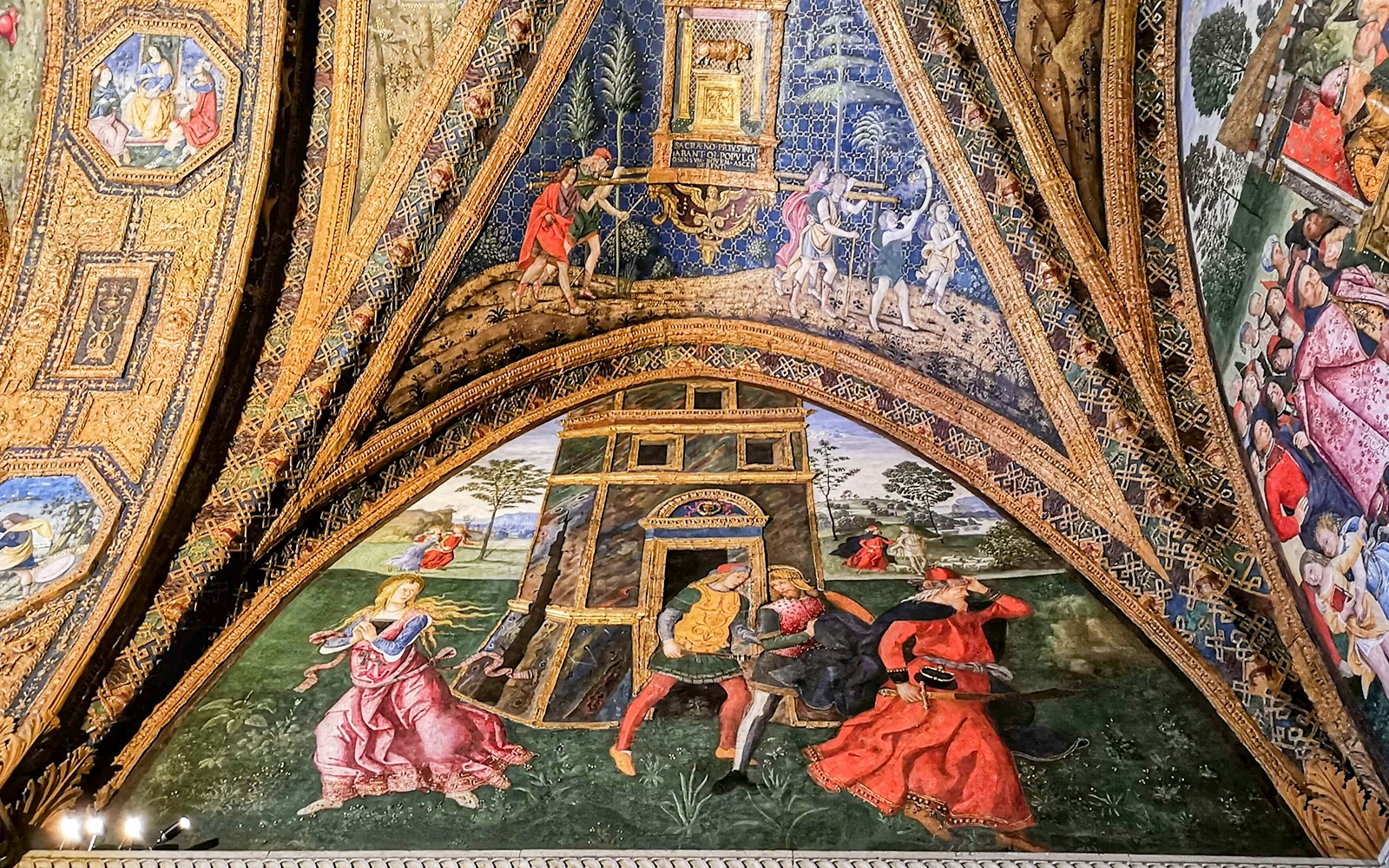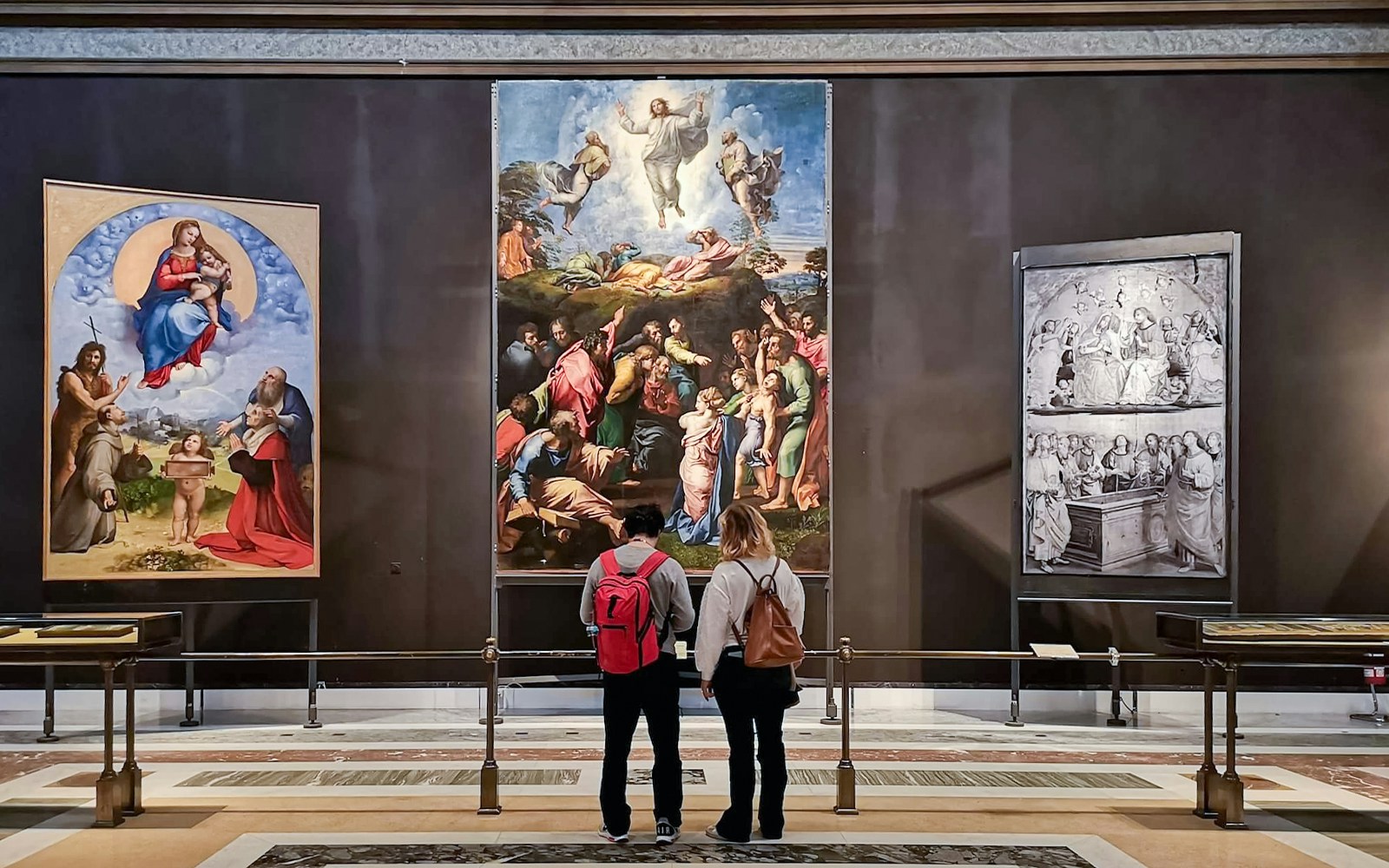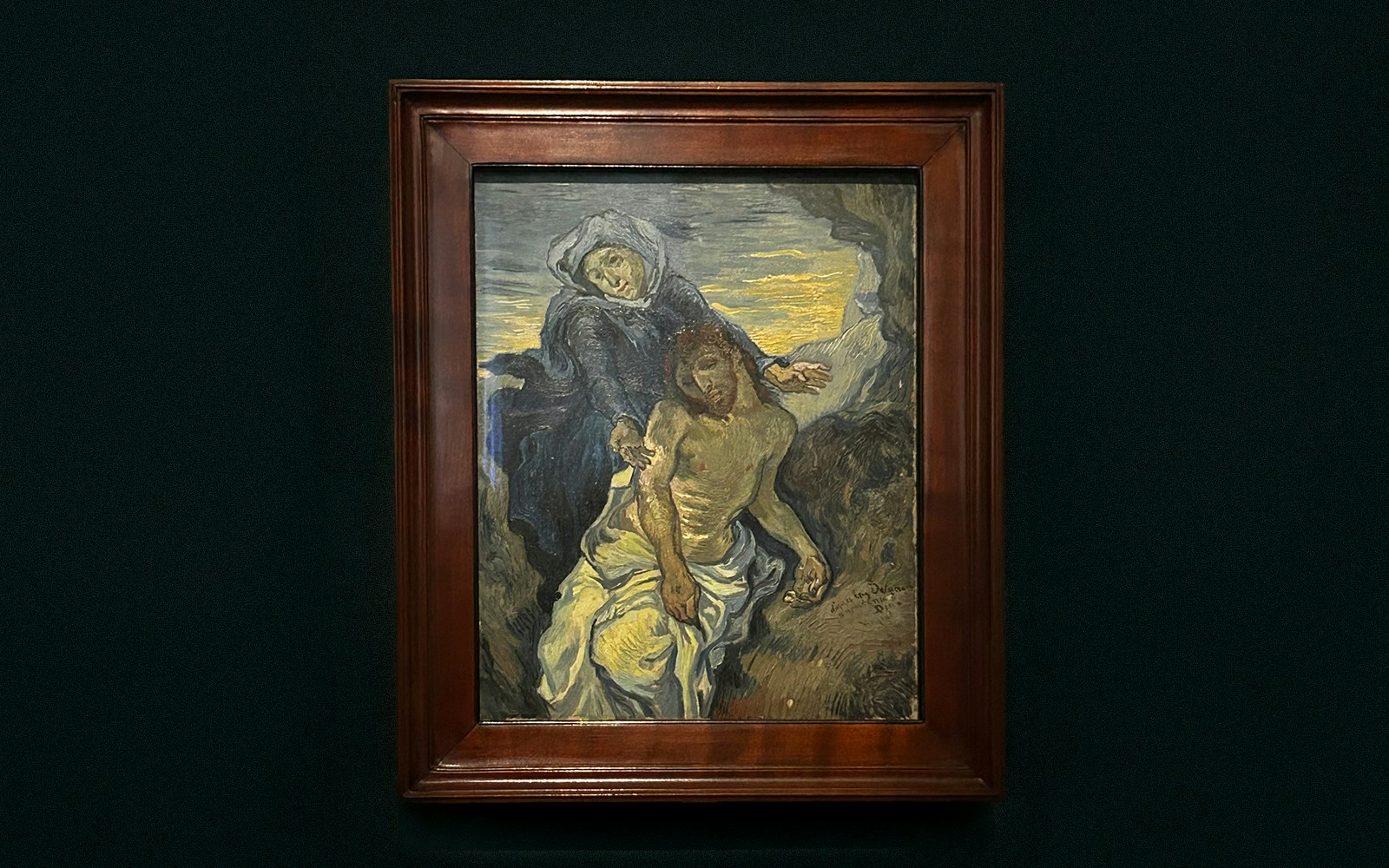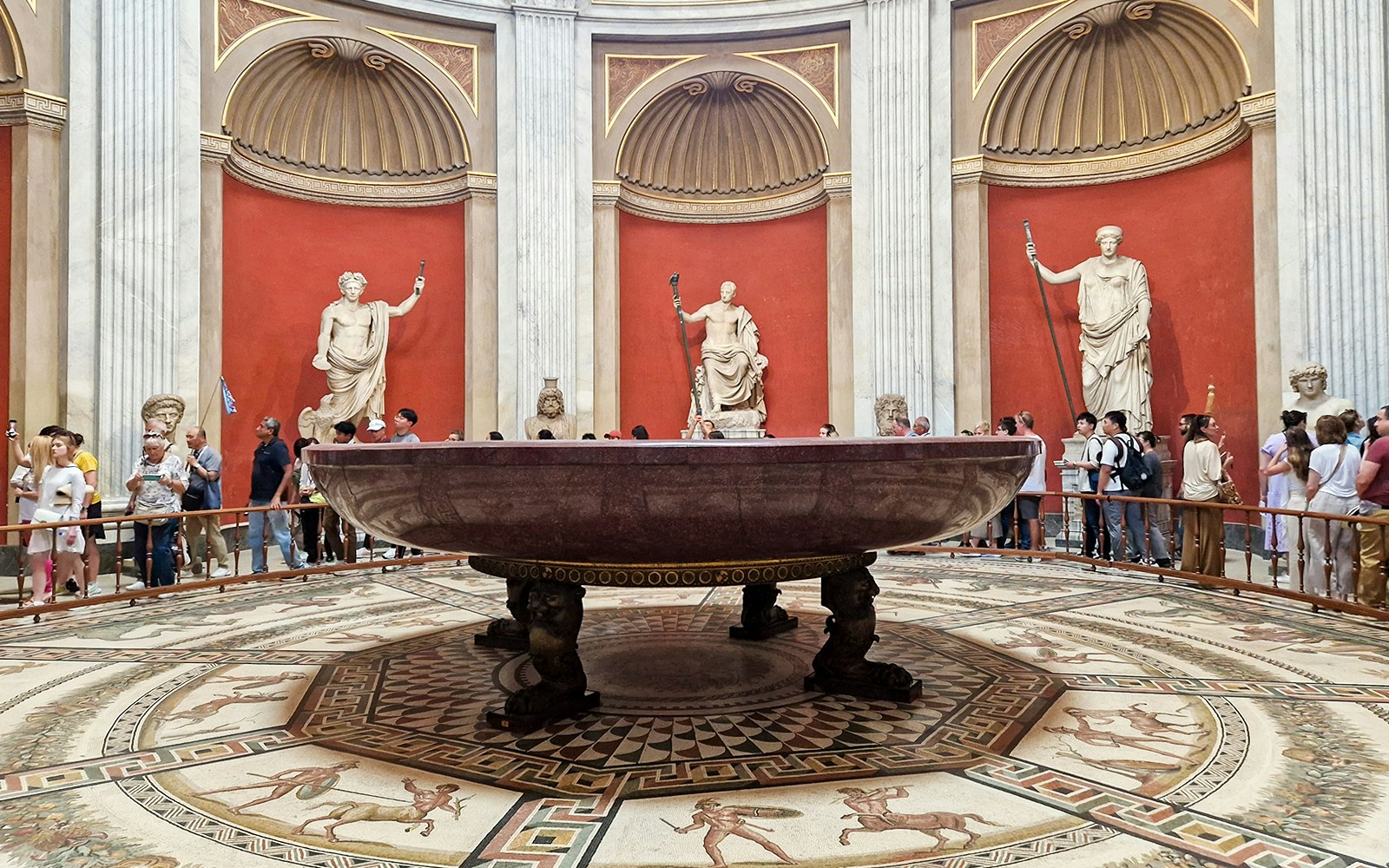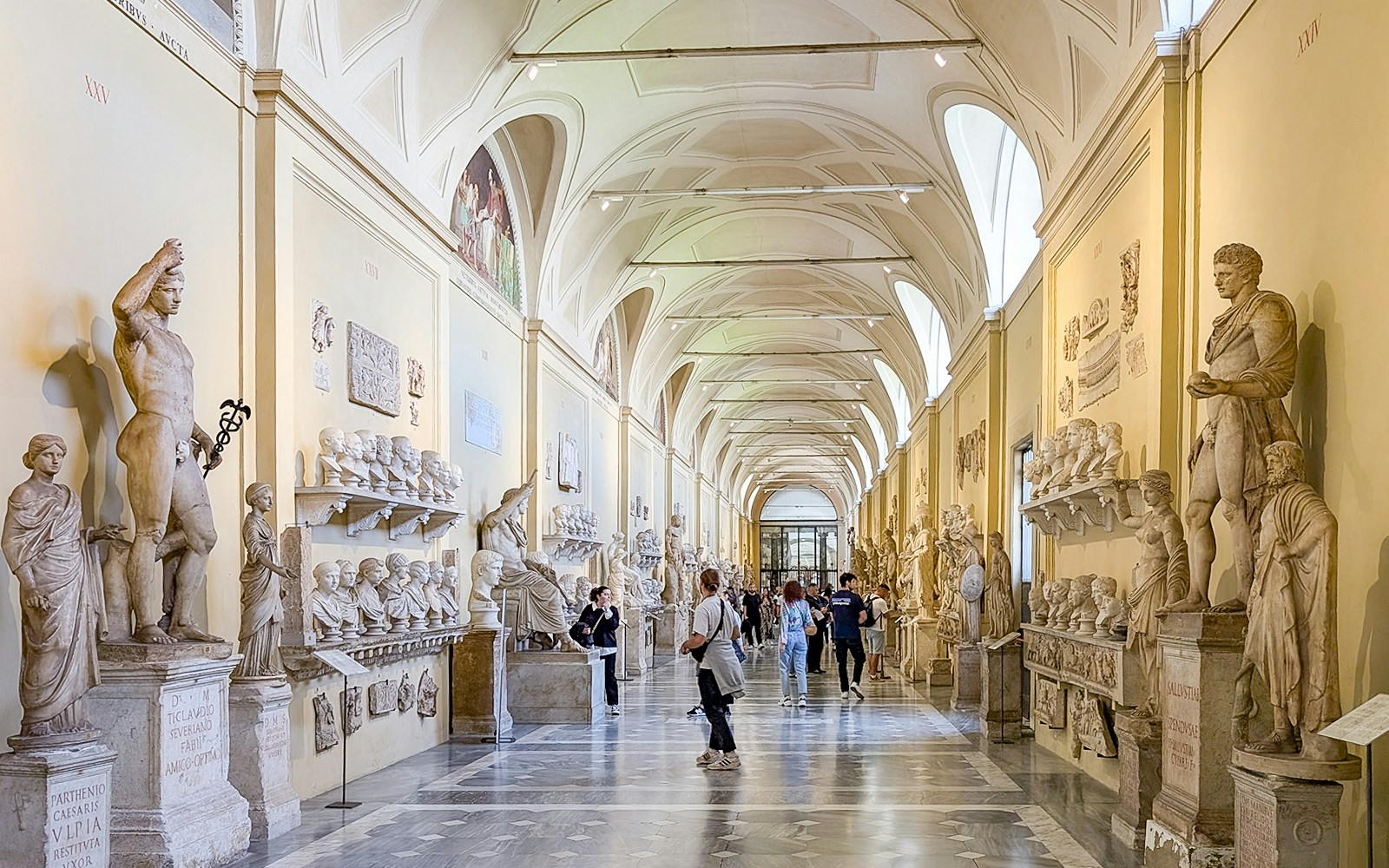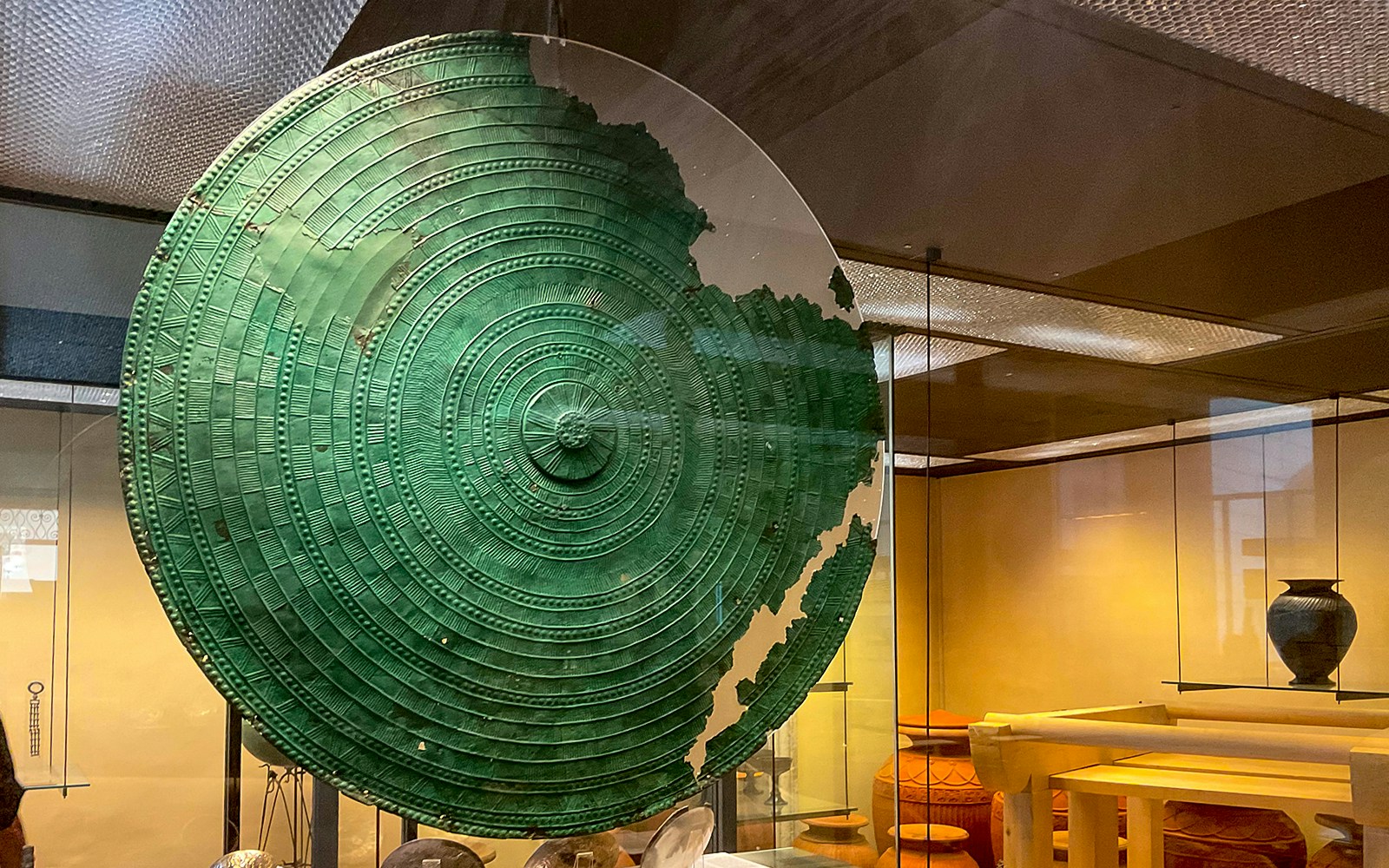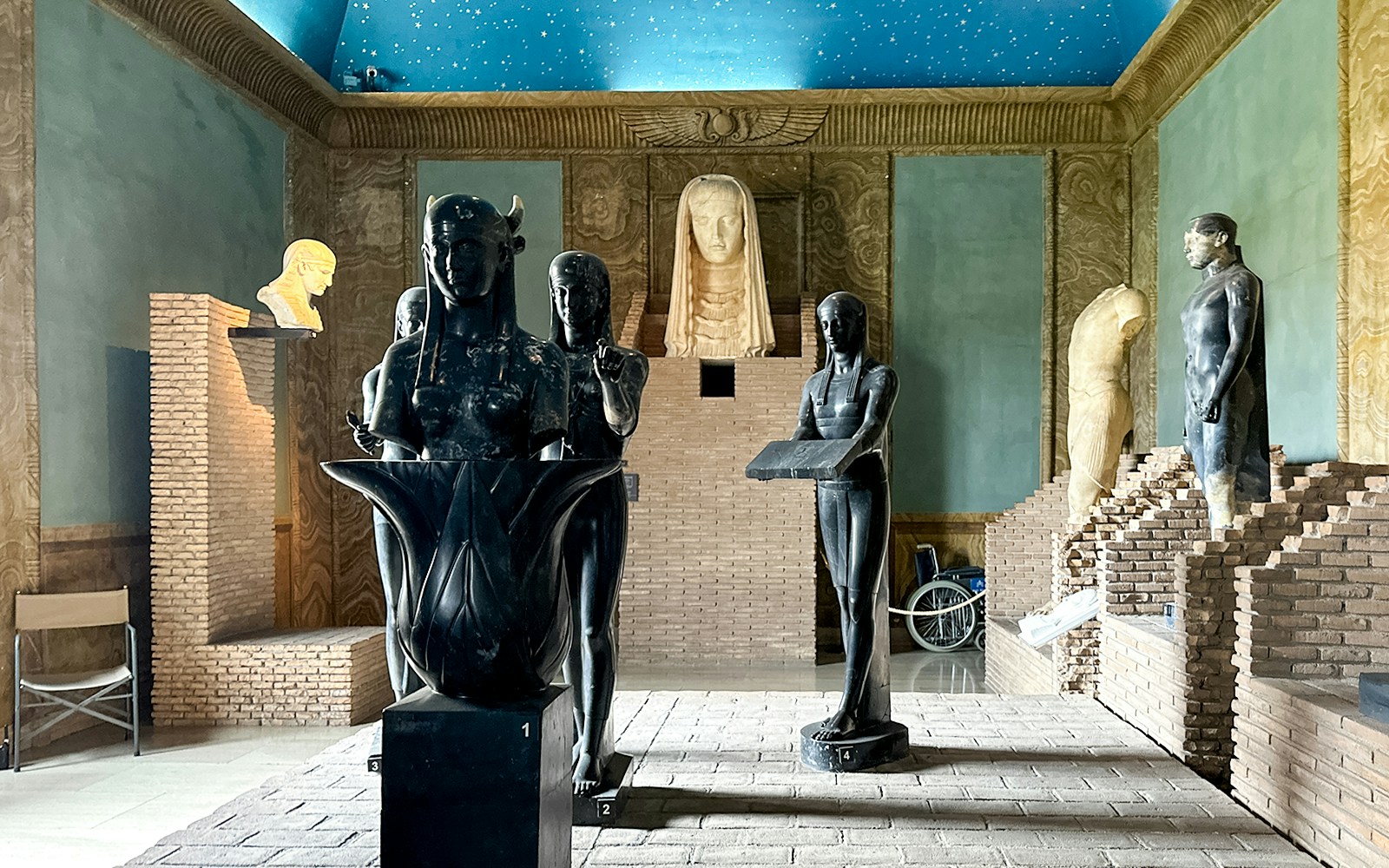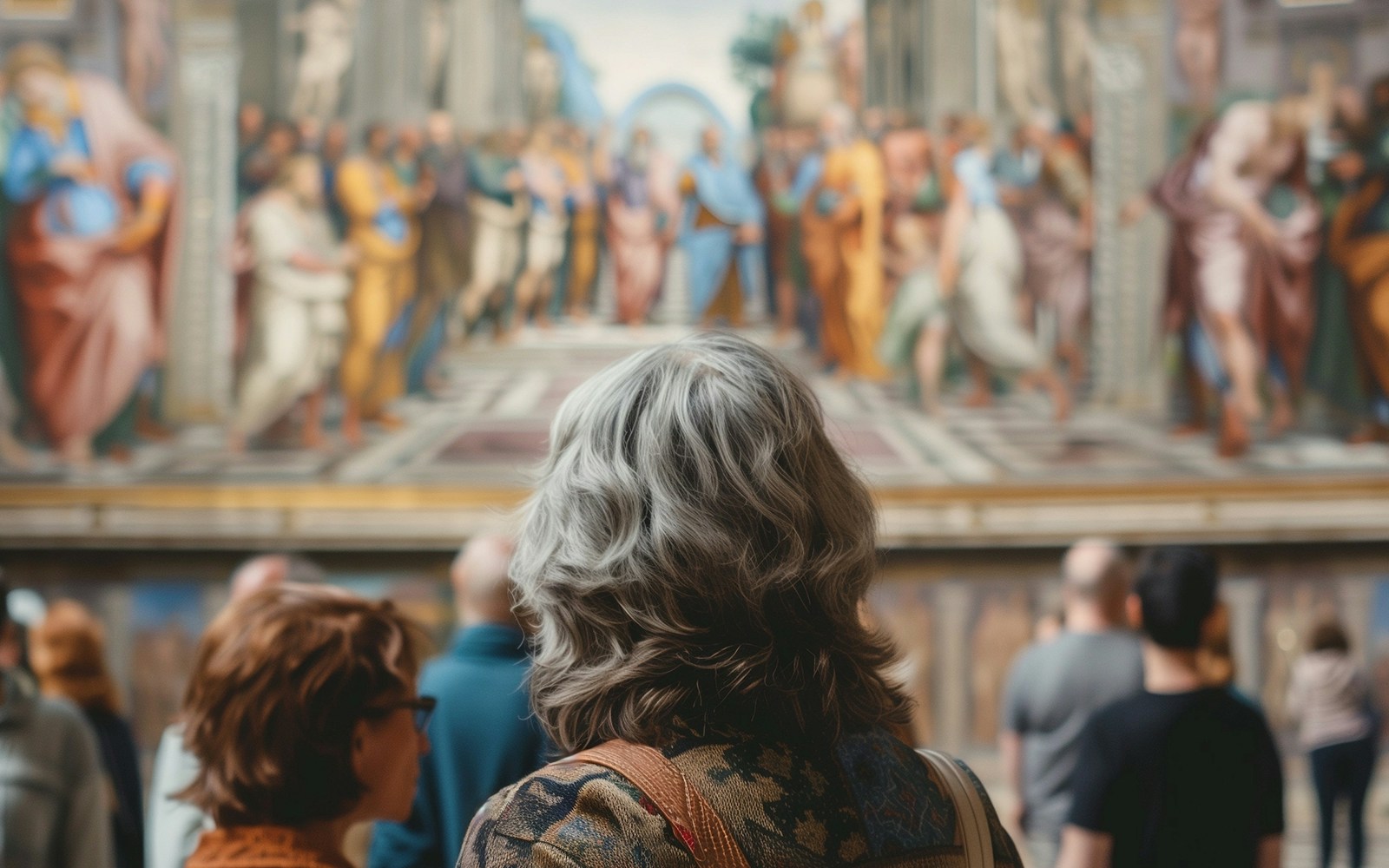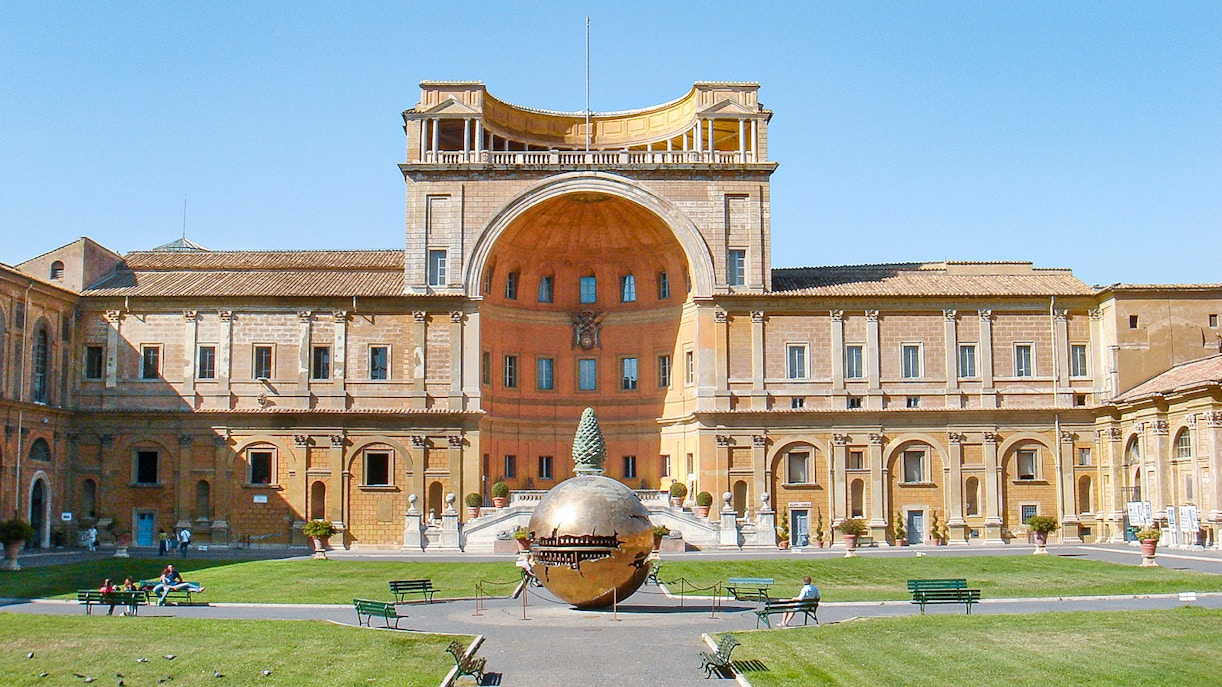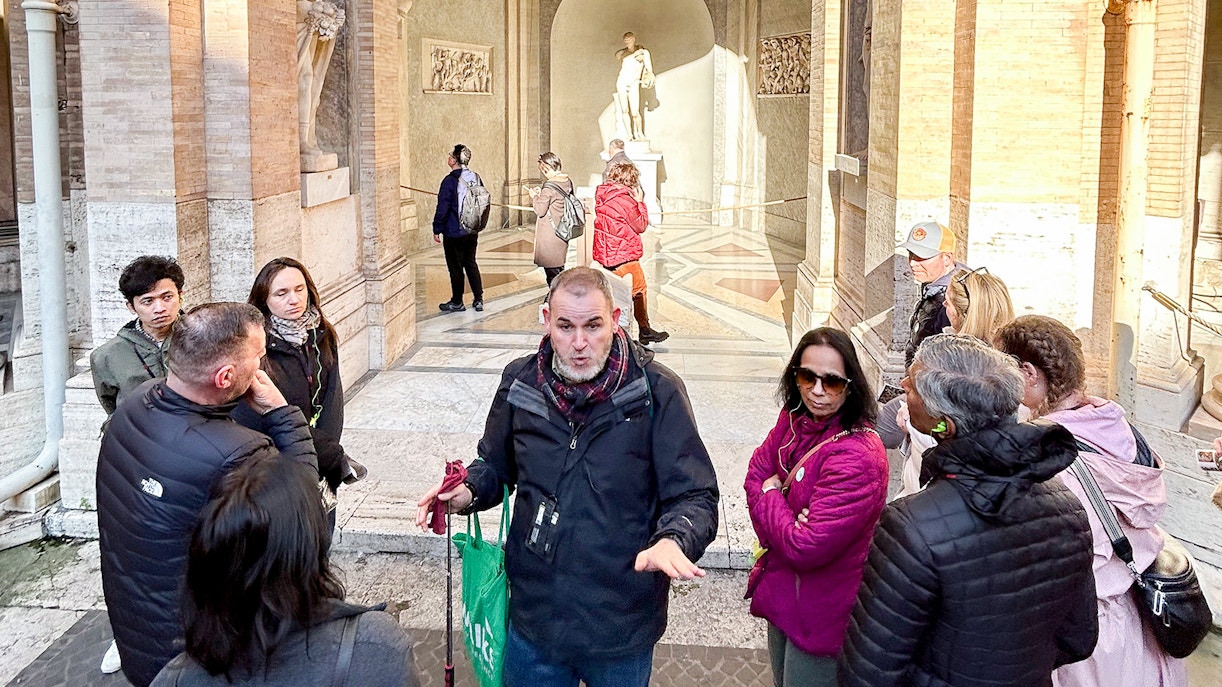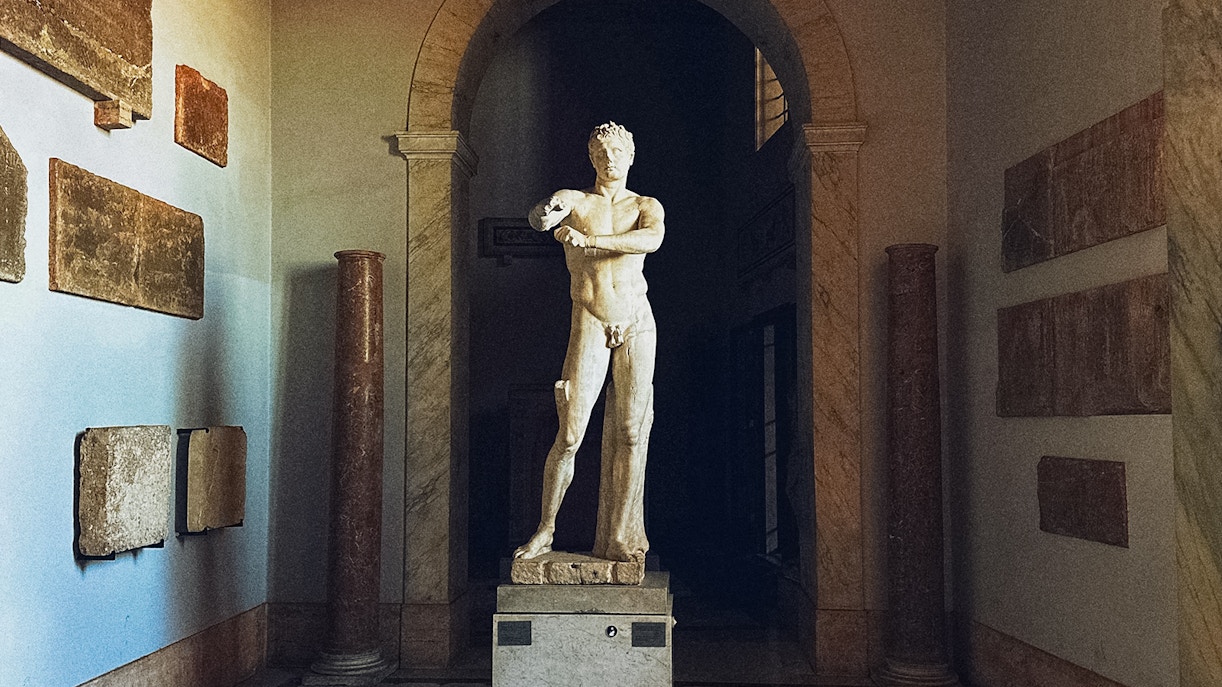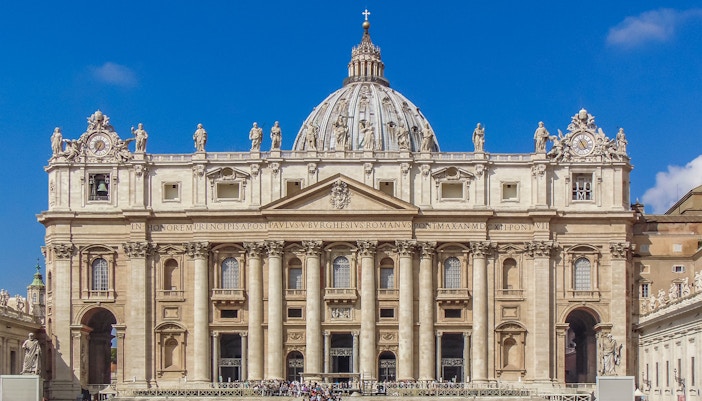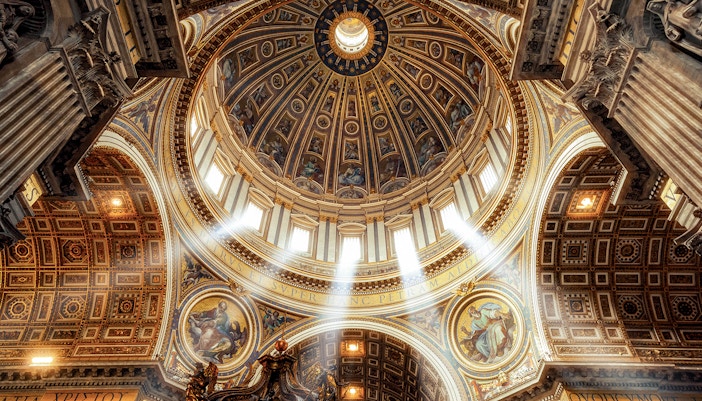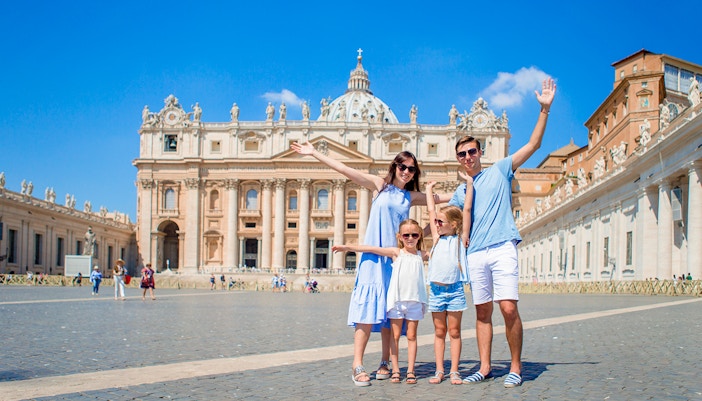Monday to Saturday: 8am - 7pm (Final entry at 5pm)
Every last Sunday of the month: 9am – 2pm (Final entry at 12.30pm)
Note: From March 1st onwards, the opening hours on Fridays and Saturdays have been extended until 8pm.
Best time to visit: To avoid crowds, the best time to visit Vatican City is early in the morning at around 8am. For the Vatican Museums and St. Peter's Basilica, aim to go just before opening or after 4pm.
